The vast majority of recipes of baked goods
call for baking powder as a leavening agent. The baking powder you buy
in stores consists of 1 part baking soda and 2 parts acid (usually cream
of tartar). When combined with liquids, the baking powder fizzes up and
creates bubbles that make the texture of baked goods tender and light.

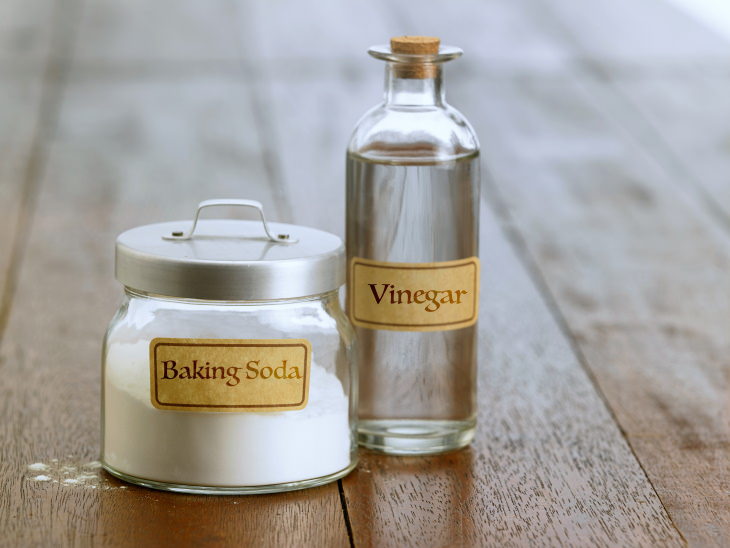

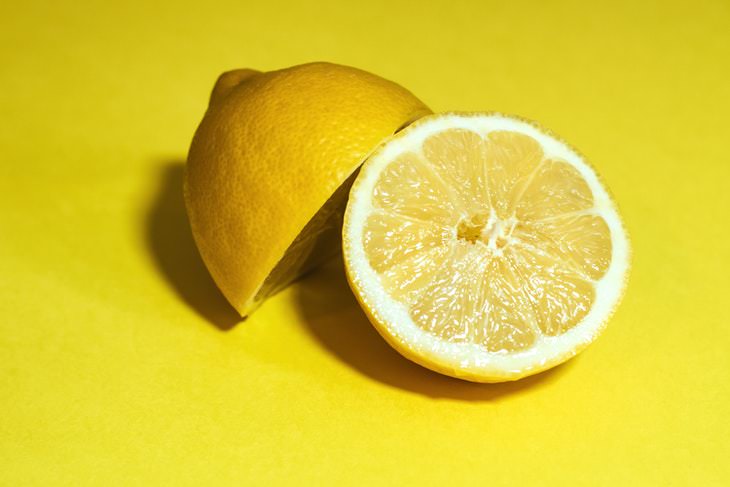
Since most people buy baking powder in
bulk, forgetting to add it to the weekly shopping list when it runs out
is relatively easy. So what should you do when you discover that you’re
out of baking powder when it’s too late to run to the store and stock
up?
Scrapping the idea to make cookies or pancakes is clearly not a good
option, so instead, we urge you to get creative and learn to substitute
baking powder with something else. This is pretty easy to do with
ingredients you already have in your kitchen. Depending on your recipe,
you can replace the baking powder with buttermilk, baking soda, or even
plain lemon juice. We will list the 8 best replacements for baking
powder in this article.
1. Baking soda and cream of tartar

Remember that most store-bought baking powders are a mixture of baking
soda and cream of tartar? So, if you don’t have baking powder but you
can find some baking soda and cream of tartar in your pantry, making
your own baking powder is pretty easy. Just mix together 1 teaspoon
baking soda with 2 teaspoons cream of tartar, and voila, you have 1
tablespoon of fresh baking powder.
Cream of tartar can also be used to stabilize creams and egg whites in
baking, so it’s a good ingredient to have, in general.
2. Baking soda and vinegar

Any other acidic agent can be used in baked goods in conjunction with
baking soda to make the batter rise. Follow the same ratio as before if
you’re using white vinegar to substitute baking powder and combine ¼
teaspoon baking soda with ½ teaspoon of vinegar to replace 1 teaspoon of
baking powder in a recipe.
Combining the two ingredients will make them fizz up immediately, so
it’s best to do it quickly and work the bubbly mixture into the batter
fast to make sure that the batter rises evenly. If you’re worried that
the baking soda and vinegar mixture could alter the taste of the batter,
add in a pinch of sugar to compensate for the taste of vinegar.
3. Carbonated drinks

Great news for pancake lovers - you can make your favorite breakfast
even if you don’t have baking powder or baking soda in the kitchen. You
can substitute baking powder with anything carbonated, be it club soda
or mineral water. The bubbles in the carbonated drink will act as a
leavening agent.
The only caveat is that club soda and other fizzy drinks are not as
strong as baking soda, so this trick only works for recipes that require
a little leavening, like crapes or pancakes. For best results, replace
all the liquids in the recipe for unflavored seltzer whenever possible.
4. Lemon juice and baking soda

Another acidic ingredient that can easily be combined with baking soda
to make delicious baked goods is lemon juice. The active leavening
ingredient in lemon juice is citric acid, which is stronger than cream
of tartar and vinegar, so it will cause more bubbles. Follow the same
ratio as we did with other acids - 2 parts lemon juice to 1 part baking
soda. Keep in mind that the lemon juice could impart a lemony flavor to
baked goods, so if you’re not a fan of that, it’s better to use vinegar.
5. Self-rising flour
Chances are that you won’t need to use
anything to substitute the baking powder. As the name suggests,
self-rising flour doesn’t require any baking powder or baking soda to
rise. If you use self-rising flour, it already contains baking powder
and salt, so it will rise without any extra leavening ingredients.
6. Buttermilk, yogurt, kefir
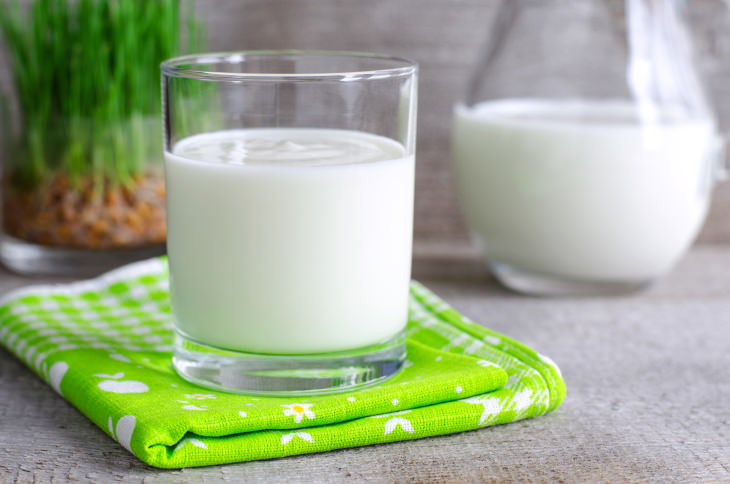

If your recipe calls for dairy, a good way
to replace baking soda is to use any kind of unflavored and liquid
fermented dairy in conjunction with baking soda. Buttermilk, plain white
yogurt, kefir, and even sour milk all work pretty well for this task.
Although you may not think about it, all of these dairy products are
slightly sour due to the acid they contain, so they will help your
batter rise.
To replace 1 teaspoon of baking powder, combine ¼ teaspoon baking soda
with ½ cup (122 g) buttermilk or any other dairy product mentioned
above. It’s also necessary to reduce the general amount of other liquids
in the recipe by the same amount of buttermilk used - ½ cup, in our
example. This is necessary to maintain the right consistency of the
batter.
7. Whipped egg whites
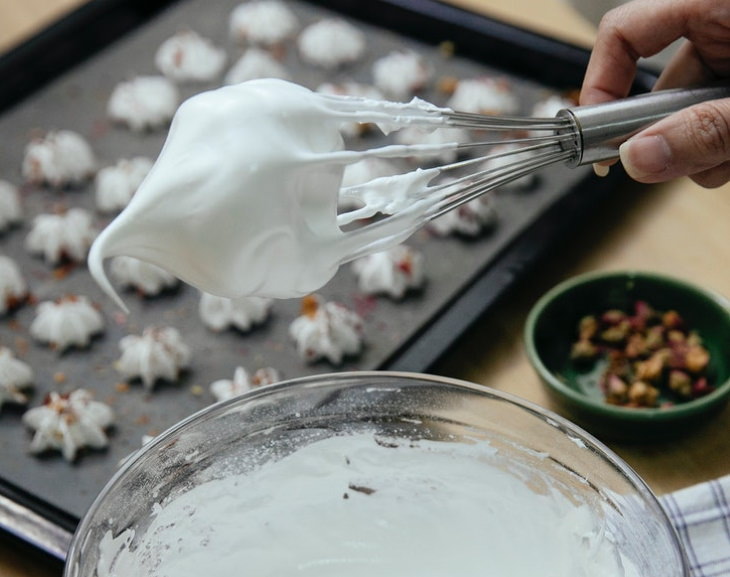

Even if you have none of the ingredients we
listed above and your recipe calls for eggs, there’s a way around a
lack of baking powder. Separate the egg yolks from the egg whites, and
then whip up the egg whites to stiff peaks. Gently fold the egg whites
into the batter, and you’ll have a light and fluffy texture even without
the use of any leavening ingredients. This trick works very well for
waffles and pancakes!
8. Molasses
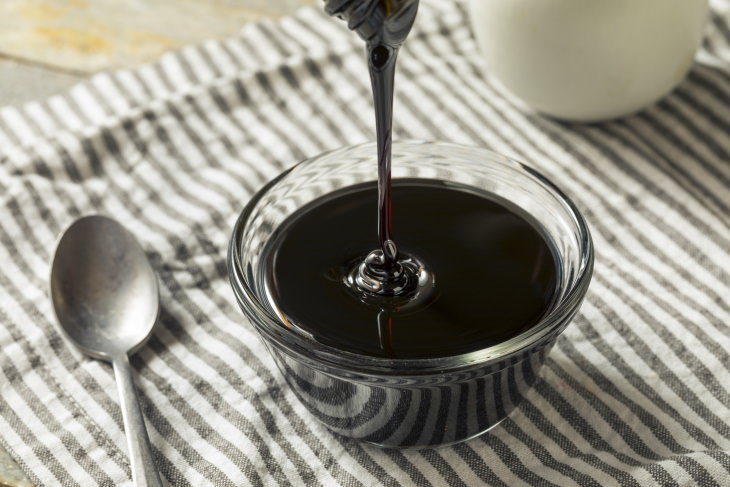

Molasses is a sticky and sweet substance
often used to replace sugar in recipes. It may not strike you as an
acidic ingredient, but it actually contains enough acids to be used in
conjunction with baking soda. Since it’s quite a bit weaker than lemon
juice and vinegar, you’ll need to use a bit more to get enough
leavening.
The equivalent of 1 teaspoon of baking powder is ¼ teaspoon baking soda
and ¼ cup (84 g) molasses. That’s quite a lot, so be prepared to feel
the taste of molasses in the recipe. Since molasses is liquid and sweet,
you’ll also need to reduce the amount of liquid by ¼ cup and add less
sweetener too.